Iconic Automotive Designer Peter Horbury Died At Age 73

The automotive world recently lost a giant of design. Peter Horbury, the man credited with pushing Volvo from the brick-making OEM to one building flowing, curvy vehicles, has died. He passed away, aged 73, on a recent trip to China while visiting colleagues from his more recent employer, Lotus.
Horbury’s resume is the stuff of legend. He had stints at Ford, Volvo, Chrysler, Rolls-Royce, and others. Though his impact was felt across the automotive ecosystem, some of Horbury’s most impactful work happened at Volvo, where he led the design team in the early 1990s – one of the automaker’s most transformative periods. Later, he headed design for Ford when it owned Aston Martin, Volvo, and Jaguar. Most recently, Horbury worked with Geely after the Chinese company bought Volvo from Ford. One of his last credits came with the Lotus Eletre, the automaker’s first SUV.
Old-school car design may be fading as imaging software and computing have become massively powerful, but there’s still a place for humans with keen eyes and the will to speak out about a design decision. We still have plenty to be hopeful for, however, as there are many iconic designers still working hard on new vehicles.
Henrik Fisker managed to deliver the first EVs from his new company, Ralph Gilles is still cranking out aggressive, muscle-bound rippers at Stellantis, and Frank Stephenson has made some of the most interesting YouTube content about his design process and the minds of others in the industry. It’s still a good time to love beautiful cars, though you might have to look a little harder for the name or names behind them.
[Image: ryosha via Shutterstock]
Become a TTAC insider. Get the latest news, features, TTAC takes, and everything else that gets to the truth about cars first by subscribing to our newsletter.

Chris grew up in, under, and around cars, but took the long way around to becoming an automotive writer. After a career in technology consulting and a trip through business school, Chris began writing about the automotive industry as a way to reconnect with his passion and get behind the wheel of a new car every week. He focuses on taking complex industry stories and making them digestible by any reader. Just don’t expect him to stay away from high-mileage Porsches.
More by Chris Teague
Latest Car Reviews
Read moreLatest Product Reviews
Read moreRecent Comments
- Probert They already have hybrids, but these won't ever be them as they are built on the modular E-GMP skateboard.
- Justin You guys still looking for that sportbak? I just saw one on the Facebook marketplace in Arizona
- 28-Cars-Later I cannot remember what happens now, but there are whiteblocks in this period which develop a "tick" like sound which indicates they are toast (maybe head gasket?). Ten or so years ago I looked at an '03 or '04 S60 (I forget why) and I brought my Volvo indy along to tell me if it was worth my time - it ticked and that's when I learned this. This XC90 is probably worth about $300 as it sits, not kidding, and it will cost you conservatively $2500 for an engine swap (all the ones I see on car-part.com have north of 130K miles starting at $1,100 and that's not including freight to a shop, shop labor, other internals to do such as timing belt while engine out etc).
- 28-Cars-Later Ford reported it lost $132,000 for each of its 10,000 electric vehicles sold in the first quarter of 2024, according to CNN. The sales were down 20 percent from the first quarter of 2023 and would “drag down earnings for the company overall.”The losses include “hundreds of millions being spent on research and development of the next generation of EVs for Ford. Those investments are years away from paying off.” [if they ever are recouped] Ford is the only major carmaker breaking out EV numbers by themselves. But other marques likely suffer similar losses. https://www.zerohedge.com/political/fords-120000-loss-vehicle-shows-california-ev-goals-are-impossible Given these facts, how did Tesla ever produce anything in volume let alone profit?
- AZFelix Let's forego all of this dilly-dallying with autonomous cars and cut right to the chase and the only real solution.




















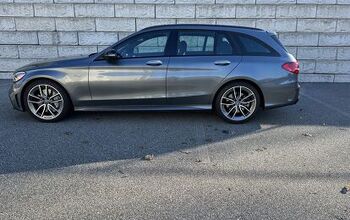

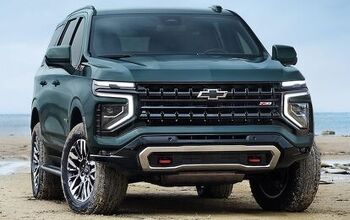
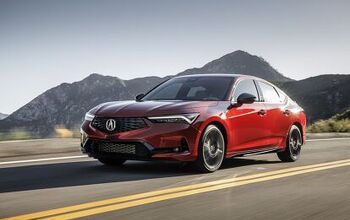
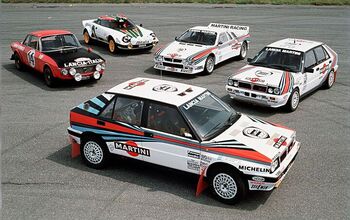
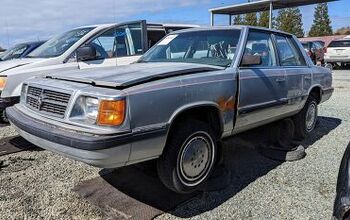
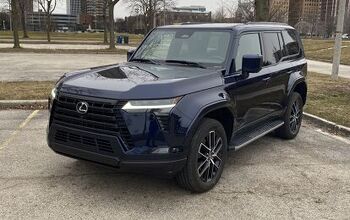

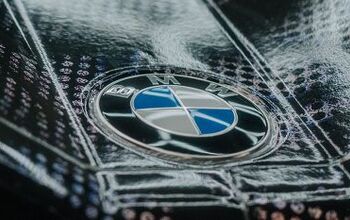
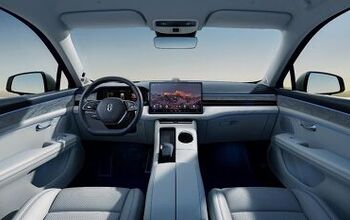

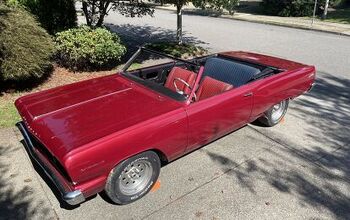

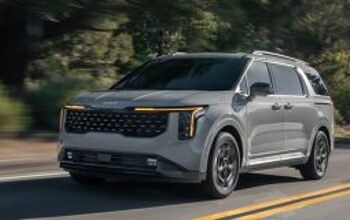
Comments
Join the conversation
I would guess Mr. Earl would have a moment of silence. Now he has a new compatriot.
Everything and everyone is now "iconic".